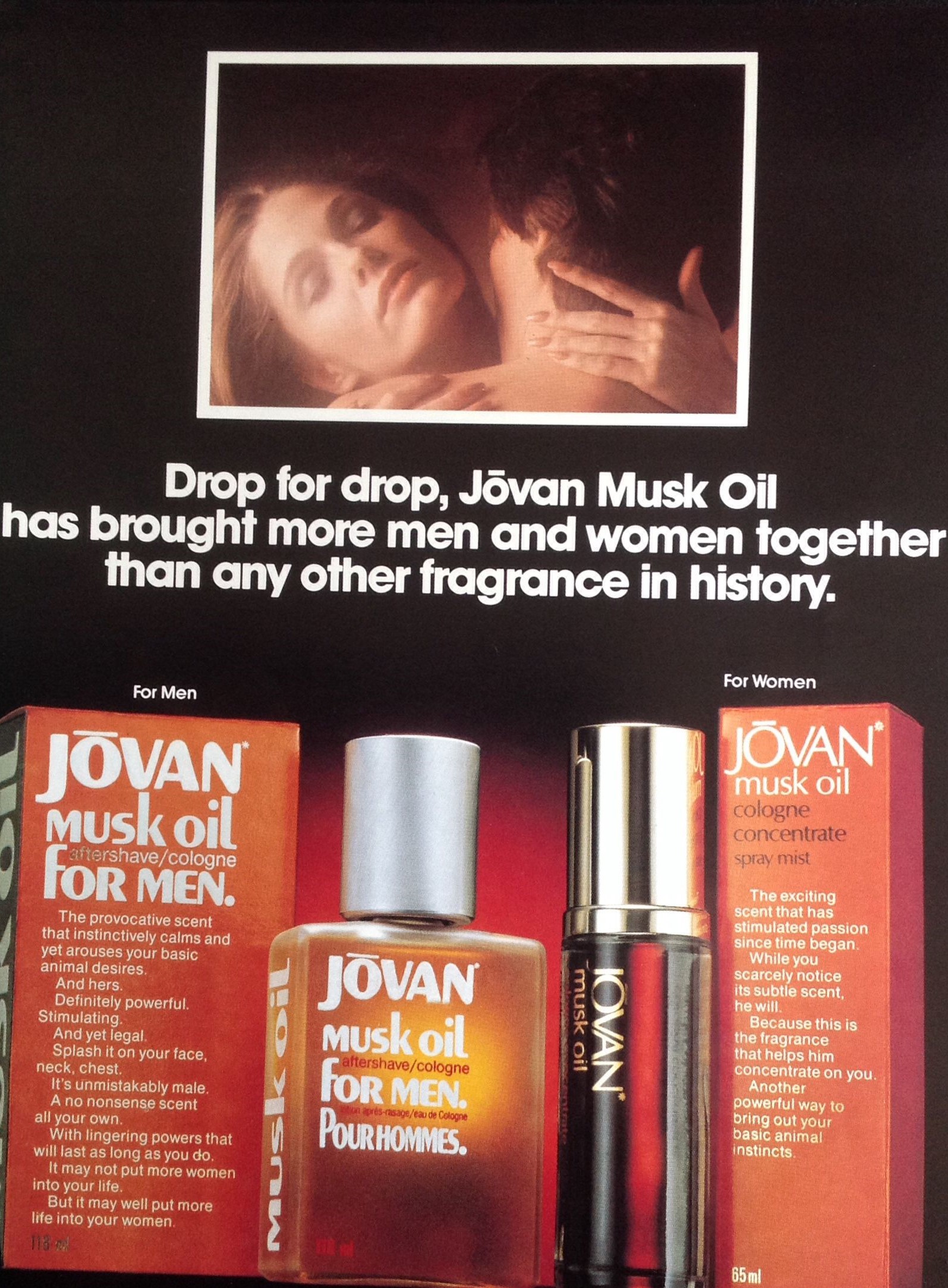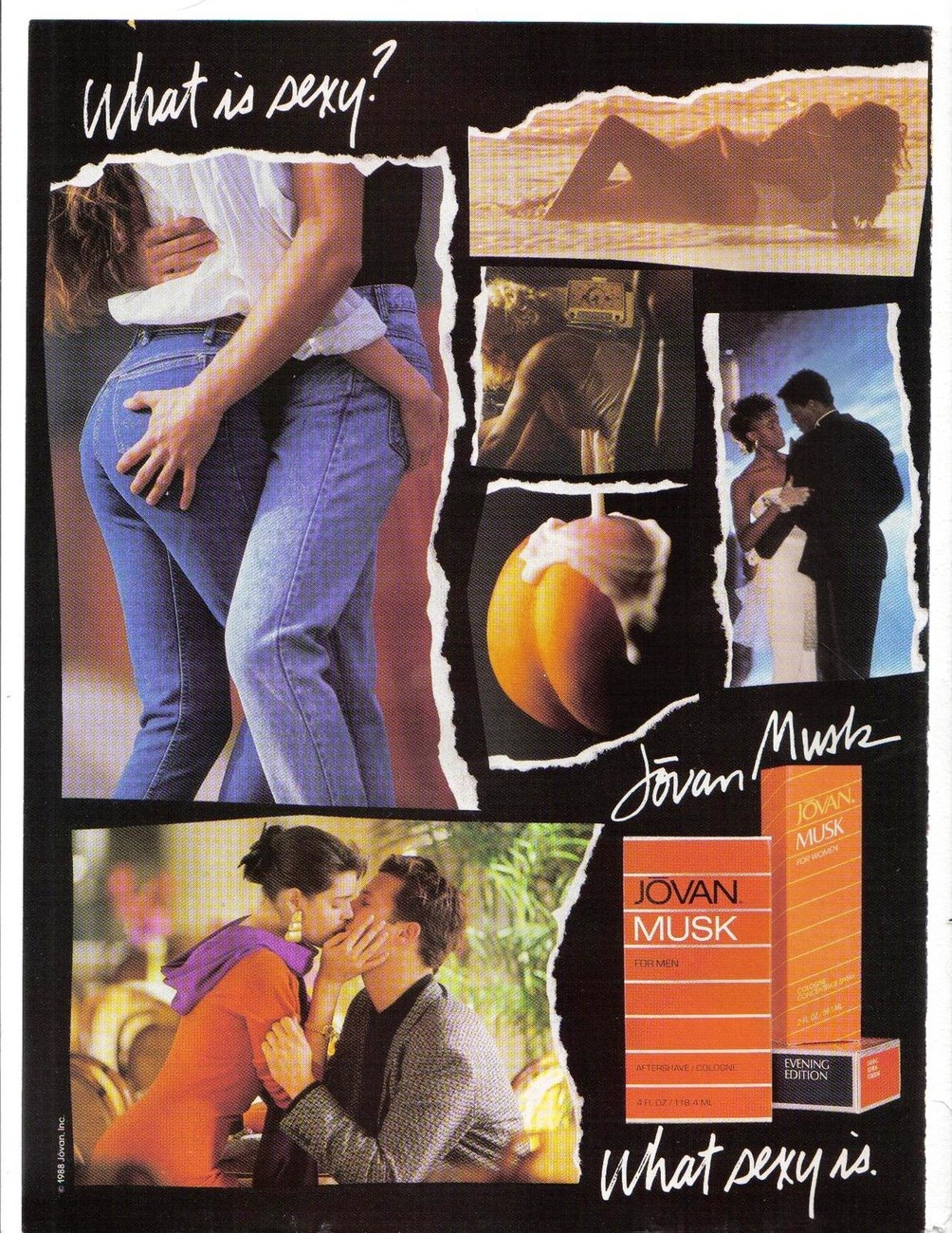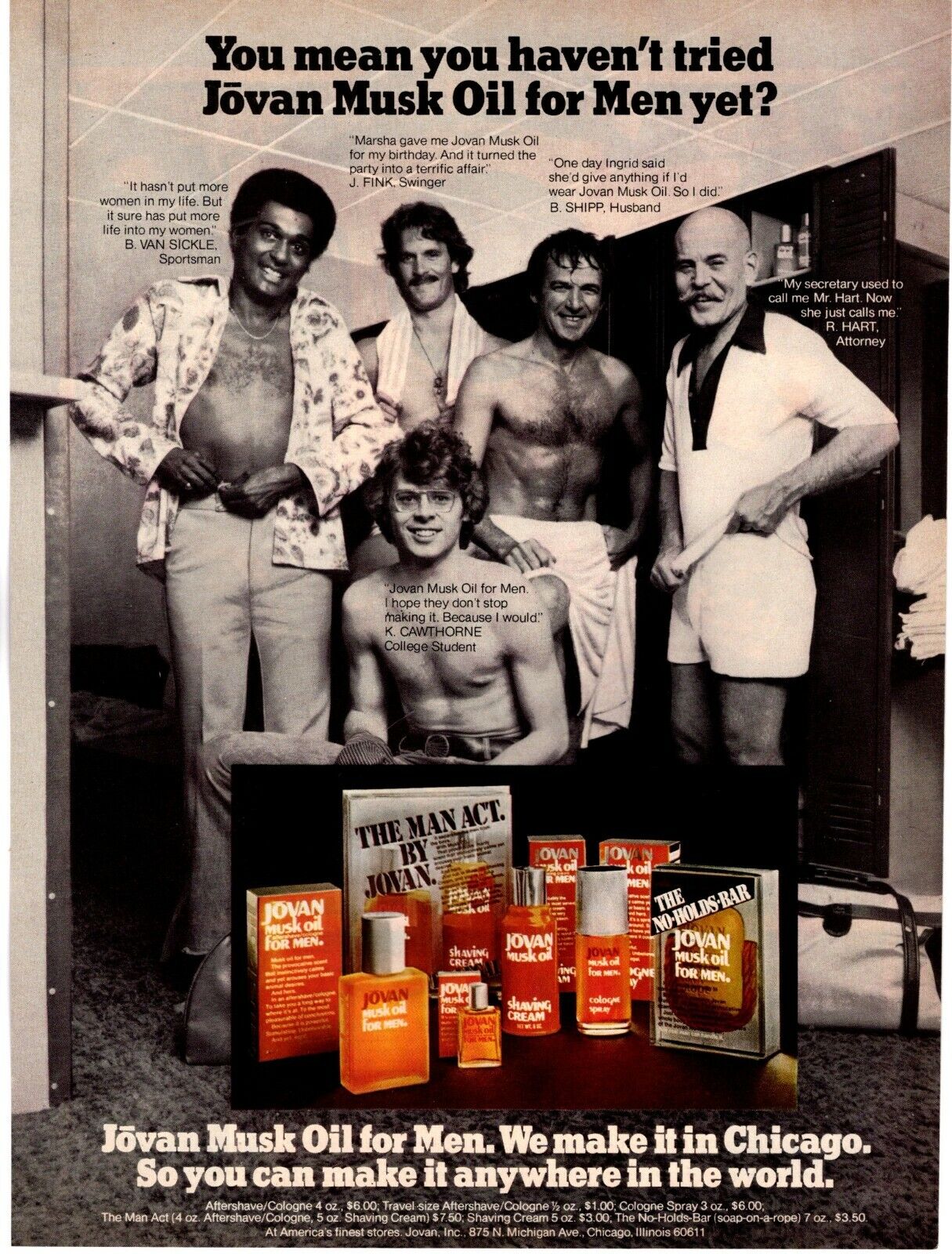Jōvan is a brand that has been around for decades, with an interesting spelling that adds a touch of exoticism to its name. Since 1972, Jōvan has been a leading fragrance brand, and its Jovan Musk fragrance remains a popular musk brand that is widely distributed. Jōvan’s early marketing campaigns set industry benchmarks, and during the Rolling Stones’ 1981 “Tattoo You” tour, it became the first-ever fragrance to sponsor a rock band.
Jōvan’s appeal remains strong today, and it can be attributed to its enduring sensuality and down-to-earth values. The Jovan Musk fragrance, in particular, has captured the imagination of a couple of generations, as it was so prevalent in fashion, beauty, and lifestyle magazines of the 1980s and 1990s. The fragrance promised attraction, mental centering, and a comfortable quality rolled into animalistic sensuality, making it everything a teenager growing up aspired to experience. The boxes of Jovan Musk referenced Cleopatra, Helen of Troy, and Madame de Pompadour, which excited the nascent historian in me. However, these references are, of course, fabrications intended to instill a sense of continuity and mythos to the brand.
Jovan’s eloquent packaging was another sales innovation that allowed consumers to access the mystique without needing special counter consulting from trained employees. The promise of sex appeal at a very low cost has always been the secret of Jovan Musk’s success. However, the scent is still groomed and starched, which is intriguing.

Musk, as a material, has intrigued and fascinated me since childhood. Still, beyond our personal interpretation of sensory stimuli, there is the more clandestine issue of which ingredients are actually used in any given perfume. When it comes to musks and musk notes, one often wonders whether the denominations that companies and online boutiques give to their musks are even true. As we will see further on, Jovan Musk wasn’t entirely truthful. No animals were harmed in the making of this fragrance.
The Body Shop’s perennial White Musk, for instance, is made up of synthetic musks, yet it is marketed as a monomolecular substance. It comprises Galaxolide (7.7%), Tonalide (1.6%), and a little Cashmeran (0.1%), along with some floral notes, such as rose and jasmine, with the addition of amber and wood. However, it is actually lily-of-the-valley, formerly provided by hydroxycitronellal and lately by Lilial, which makes the “jam.” The fragrance creates a clear shimmering sheen that projects like soft, soapy bubbles, iridescent, refracting light into a rainbow of color, floating into the ether. This disruptor made a name for itself in the row of animalic-claiming hippie musks that dominated in the 1970s, from Jovan Musk to Dana’s.
Jōvan, in particular, was a force to be reckoned with during the 1970s, with sensuous advertising images that we now consider specimens of an entire era. The first product by the Jovan Inc brand came in 1968, in the guise of the Mink & Pearls Jovan perfumed bath oil. It followed in the steps of Lauder’s Youth Dew bath oil, making a mark by emphasizing that cleanliness is a necessity and a perfumed message of being ready for the day or night ahead. This message served them nicely in Jovan Musk a few years later. When the Beecham Group bought Jōvan in the late 1970s, they also founded the Andron brand, which dabbled in aphrodisiac so-called pheromone-fragrances.

The spark of inspiration for the brand’s founders for Musk allegedly came from seeing a row of young people queuing to buy Indian “musk oil” somewhere in Greenwich Village in New York City during the late 1960s. The image and the idea of musk as an aphrodisiac stuck. When I first heard this information, the tie with Cleopatra, Helen of Troy, and Madame de Pompadour finally made sense. Perfume is ephemeral by nature, but its timelessness is what sells. The 1970s take a prominent place in The Erotic History of Advertising (Tom Reichert), with the ad copy for Paco Rabanne’s Pour Homme also taking a good part in the analysis of how human sexuality has a timeless element that appeals to all cultures and ages. We respond to the promise because we want to be loved.
Jovan Musk is extremely rich and lush, much more than a mere “clean musk” or grooming finishing touch. The company does have a White Musk version available, which I find too screechy for my personal liking, as well as a patchouli-laden Black Musk, analogous to the Body Shop’s homonymous fragrance, but sweeter and less good. Other options, such as Island Musk, are also available as variations on a theme. Nevertheless, the original Jovan Musk is the standout, smelling of that particular mix of clean and intimate that older retro aldehydics exude, such as Chanel No.5 eau de toilette. You can clearly sense the fatty soapiness underneath them, but also the scent of a living being. As Coco Chanel said, the smell of a clean woman herself. The same cluster of abstract floral notes is hidden in the core of both; neroli, jasmine, a hint of rose for suaveness, and shiny bergamot shimmering on top with waxy aldehydes.
What was probably used is nitro musks, which were eradicated from perfumes around that era, the end of the 1970s and beginning of 1980s. The richness of the muskiness recalls the best versions of Chanel No.5 in Eau de Cologne, in particular, one of the nicer iterations of the musky aldehydic floral by the French legend, also evident in vintage versions of Coty Wild Musk. Not one note peers over the rest. The seamless construction recalls a multi-fingered chord on the piano; it’s more than the sum of its parts, creating an abstract harmony you can’t pinpoint as this note or that. Mysterious, yet straightforward, too.

The men’s version, Jovan Musk for Men (1973), offers a subtle orientalized and spicy slice (cloves) cutting through the soapy waxiness and the sleek veneer, making it just perfect. The light incense stick ambiance is also very becoming. However, the two fragrances can be considered interchangeable for either sex. Feel free to borrow from the other gender’s bottle; they’re gorgeous and fitting either way.
Jovan also launched a women’s fragrance in 1976, under the simple name Jovan Woman, in which the spices intersperse the green chypre theme while overlaying the musky, mossy underground of it. It is the continuation of the grown-up musk notion into chypre arpeggios while further presenting a glimpse of how great the 1970s were at the drugstore and the smaller beauty stores. Small treasures lurked for the women of suburbia and less urban areas in the USA. Nothing to scoff at!
Jovan Musk is available as 10 ml Musk Oil with Touch Stick, 25 and 60 ml
Cologne Concentrate Spray, 100 ml Cologne Spray, and 70 ml All-Over Body Spray. It’s very affordable and quite lasting, even in its current incarnation. Jovan has always been known for providing quality fragrances at an affordable price point. They have continued this trend over the years, keeping their fragrances accessible to the masses.
Despite being a low-cost fragrance, Jovan Musk has stood the test of time, remaining relevant and popular even today. Its appeal lies in its sensuality and down-to-earth values, which have been a hallmark of the brand since its inception. Jovan Musk has helped generations of people dream of attracting attention and experiencing animalistic sensuality. It promises mental centering and a comfortable quality, rolled into one.
In conclusion, Jovan Musk is a fragrance that has stood the test of time, remaining relevant and popular for over five decades. Its seamless construction, which recalls a multi-fingered chord on the piano, creates an abstract harmony you can’t pinpoint as this note or that. It is mysterious, yet straightforward, too. Jovan Musk’s abiding sensuality and down-to-earth values have made it an enduring classic, helping generations of people dream of attracting attention and experiencing animalistic sensuality.


